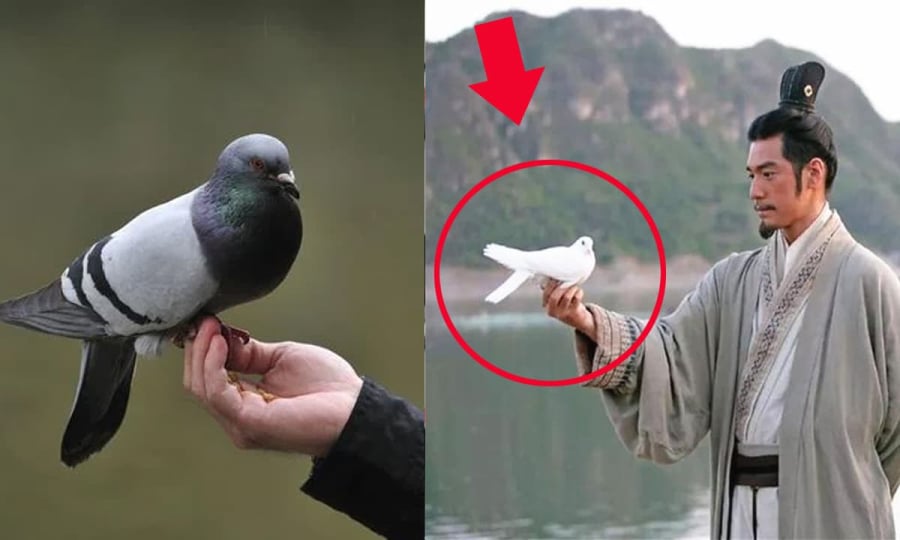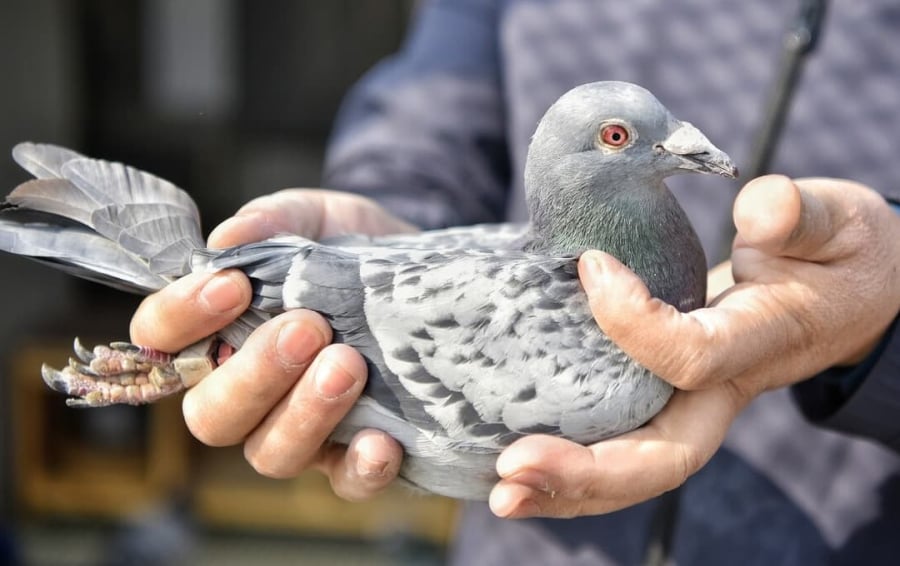In ancient times, before the development of modern transportation and communication systems, people relied on carrier pigeons to deliver messages over long distances. It was a mysterious phenomenon that these birds could navigate accurately without the aid of a compass or GPS.
How did pigeons manage to deliver messages so precisely without modern navigation tools?
Carrier pigeons are not only easy to breed and train but also highly adaptable. Through careful training, they learn to associate their “home” with visual cues in the environment, such as natural landmarks. This process involves gradually expanding their range and always directing them back to their nest.
As a result, carrier pigeons can be programmed to return home from various locations. They rely on visual cues and develop a mental map of their surroundings, enabling them to find their way back to their nest efficiently.

Carrier pigeons use visual cues and develop a mental map to navigate back home.
This unique ability also ensures the safe delivery of messages. By carrying the message rolled up and attached to their legs, pigeons minimize the risk of losing or damaging the correspondence, a common issue with other methods of the time.
However, there is a drawback to this one-way communication method. To overcome this limitation, pigeons can be specially trained to navigate multiple locations. These skilled birds, known for their homing abilities, can then deliver messages across different places.
Unraveling the Mystery: The Science Behind Pigeons’ Homing Abilities
+ Extraordinary Observation and Memory
Carrier pigeons have exceptional eyesight, and when taught a route, they memorize it as the only path. They associate this route with significant geographical features such as rivers and roads. However, their visual navigation system has limitations and is ineffective in complex urban landscapes.
Additionally, according to scientists, carrier pigeons can use the sun as a compass, even in unfamiliar territories, to find their way back home.
+ Magnetic Sense and Gravity Perception
Recent research suggests that pigeons have a biological compass in their brains that helps them maintain a stable heading towards their nest. This internal compass is sensitive to gravitational anomalies, allowing them to find their way home regardless of their location.
+ Acute Hearing
Studies indicate that pigeons can perceive infrasound, which are low-frequency sound waves often produced by ocean waves. These infrasound waves create subtle disturbances in the atmosphere, which pigeons likely use for navigation.

Pigeons may use infrasound waves produced by ocean waves for navigation.
+ Sensitive Sense of Smell
Pigeons have a similar number of olfactory receptor genes as humans and an even greater capacity for smell perception. They create a “smell map” by associating different scents with the wind’s direction, enabling them to navigate based on olfactory cues.
In polluted areas, the increased concentration of odors can actually aid pigeons in reading their smell map more effectively, resulting in faster homing times.


































